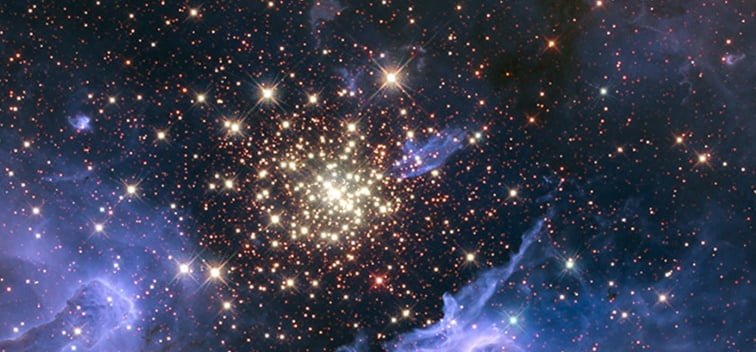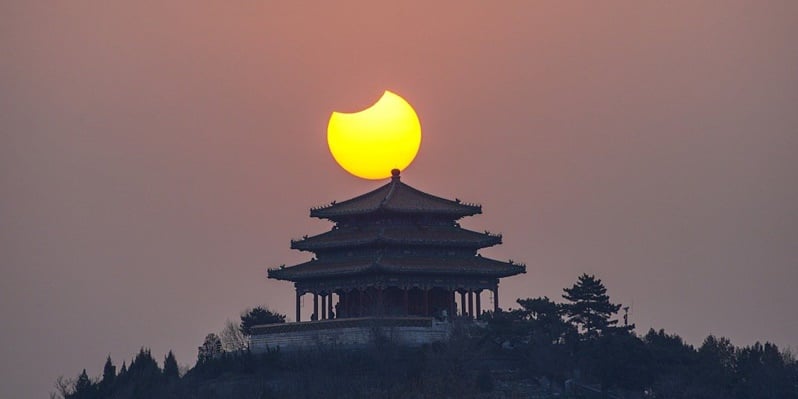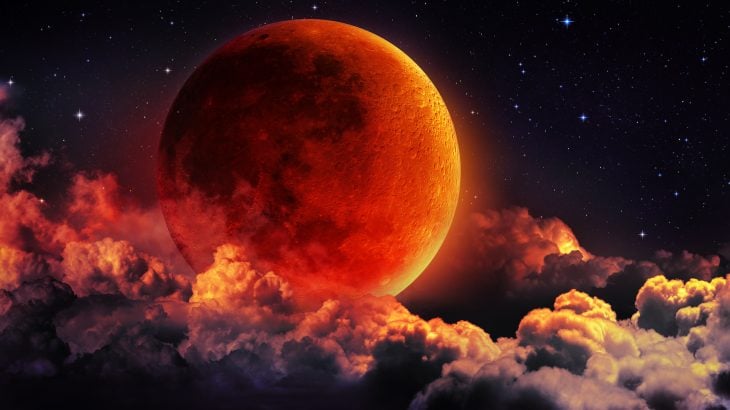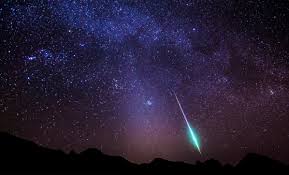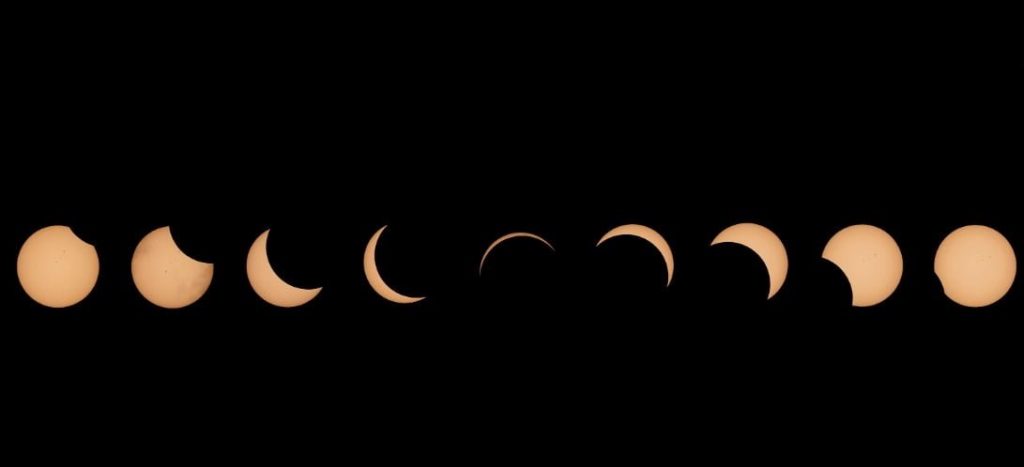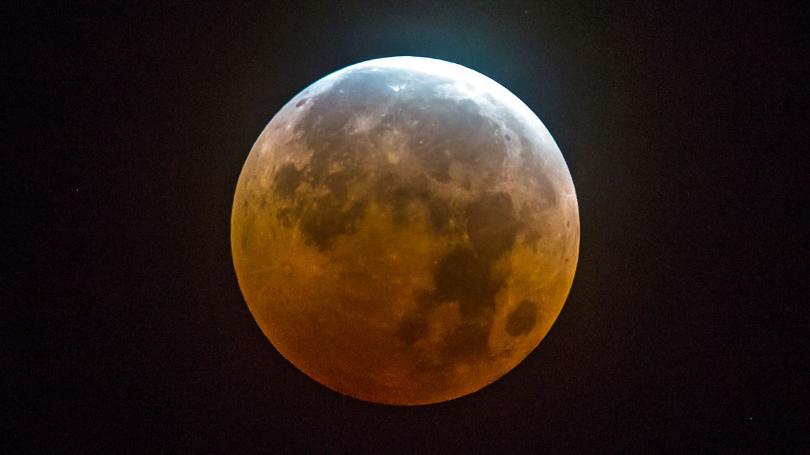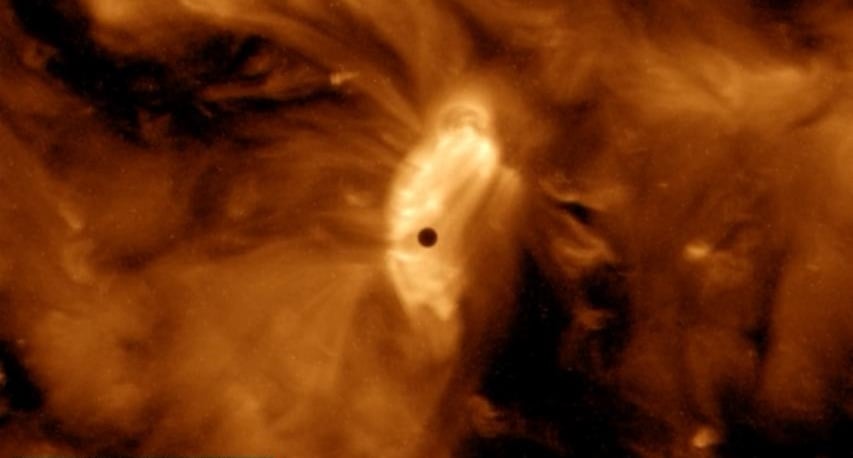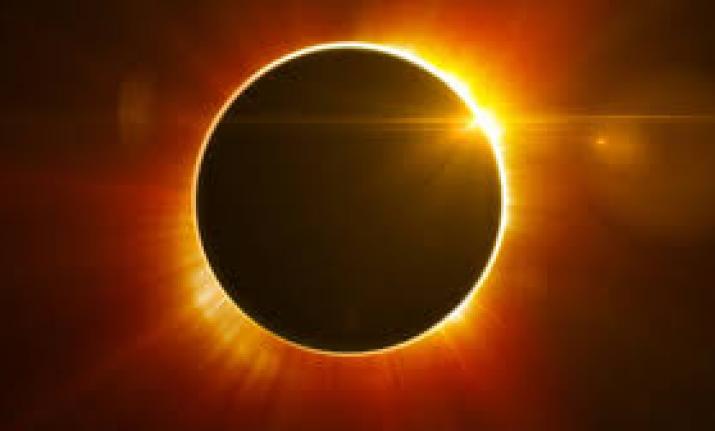Astronomy Events 2019: 2019 will be an exciting year bringing in many astronomy
The year 2019 will feature following Astronomy Events
- Super Blood Wolf Moon
- Five Eclipses
- Multiple Meteor Showers
- Three super moons
- A Blue Moon,
- Close approach by the Moon and Jupiter
Watch the Sky in 2019 For Astronomy Events
READ MORE: Does He Have Bones? Nigerian Contortionist Murphy
Partial Solar Eclipse – January 6
In the first week of 2019, the moon will pass between the Earth and sun to stage a partial solar eclipse, NASA reports.
VISIBILITY
- Northeast Asia and the North Pacific, around 8:42 p.m. ET in the United States.
- 20% of the sun covered will be visible from Beijing,
- 30% from Tokyo and
- 37% from Vladivostok, Russia.
Super Blood Wolf Moon Eclipse – January 21
READ MORE: Eva Travels Pakistan With Jazz
United States will experience total Lunar Eclipse after three years.
According to NASA it will be the “MOST DAZZLING SHOWS”.
The moon will be at the nearest point to Earth. It will make the moon seem bigger and lot brighter. It is normally known as “Super Moon.”
But that is not all, when the sun, earth and moon will align, the Moon will turn red when the sunlight pass through earth’s atmosphere
For the first time in three years, the United States will be able to experience a total lunar eclipse. According to NASA, it will be one of the sky’s “most dazzling shows,” as the moon will be at its closest point to Earth, making the moon appear slightly bigger and a lot brighter, an event that is often referred to as a “super moon.” Since the first full moon of January is called “wolf moon”; many are calling this event a “Super Blood Wolf Moon Eclipse.”
VISIBILITY
- 12:12 a.m. ET : North and South America, western parts of Europe and Africa
Eta Aquarids Meteor Shower – May 6
READ MORE: Thylane Blondeau, Most Beautiful Girl in The World 2018
The Eta Aquarids was created in 1986 when dusty debris was left behind by Halley’s Comet. Halley’s Comet won’t be entering the solar system again until 2061. It’s remnants are visible in the skies every year
VISIBILITY
- Eta Aquarids will be active April 19 through May 26
- Peak night will begin around 3 a.m. ET until dawn on May 6.
- And it’s expected to produce as many as 20 to 40 meteor or more per hour.
Total Solar Eclipse – July 2
VISIBILITY
- South Asia and South America will have a day without sun.
- Total solar eclipse will hit the southern parts of Chile and Argentina, and parts of the South Pacific. From 12:55 to 5:50 p.m. ET.
- Maximum eclipse at 3:23 p.m
Partial Lunar Eclipse – July 16
Unfortunately, the United States will not be witnessing this one, either.
VISIBILITY
- South America, Europe, Africa, Asia,
and Australia will be able to witness this event. - Starting at 9:31 p.m.
UT
Rare Transit of Mercury – November 11
Mercury, the smallest planet passes between Earth and the sun about 13 times a century. For the first time in 10 years Mercury will be visible from Earth.
VISIBILITY
- Beginning at 7:34 a.m. ET and last around 5 1/2 hours.
It be just a black dot across the face of the sun. So get your telescope and solar filters ready.
Annular Solar Eclipse – December 26
Rare and glorious “ring of fire” will bring an end to 2019 this year.
The annular eclipse occurs when the circumference of the sun shines brightly from behind the moon. The eclipse will start right at dawn and pass over the Arabian Peninsula and arc over areas of South Asia.
